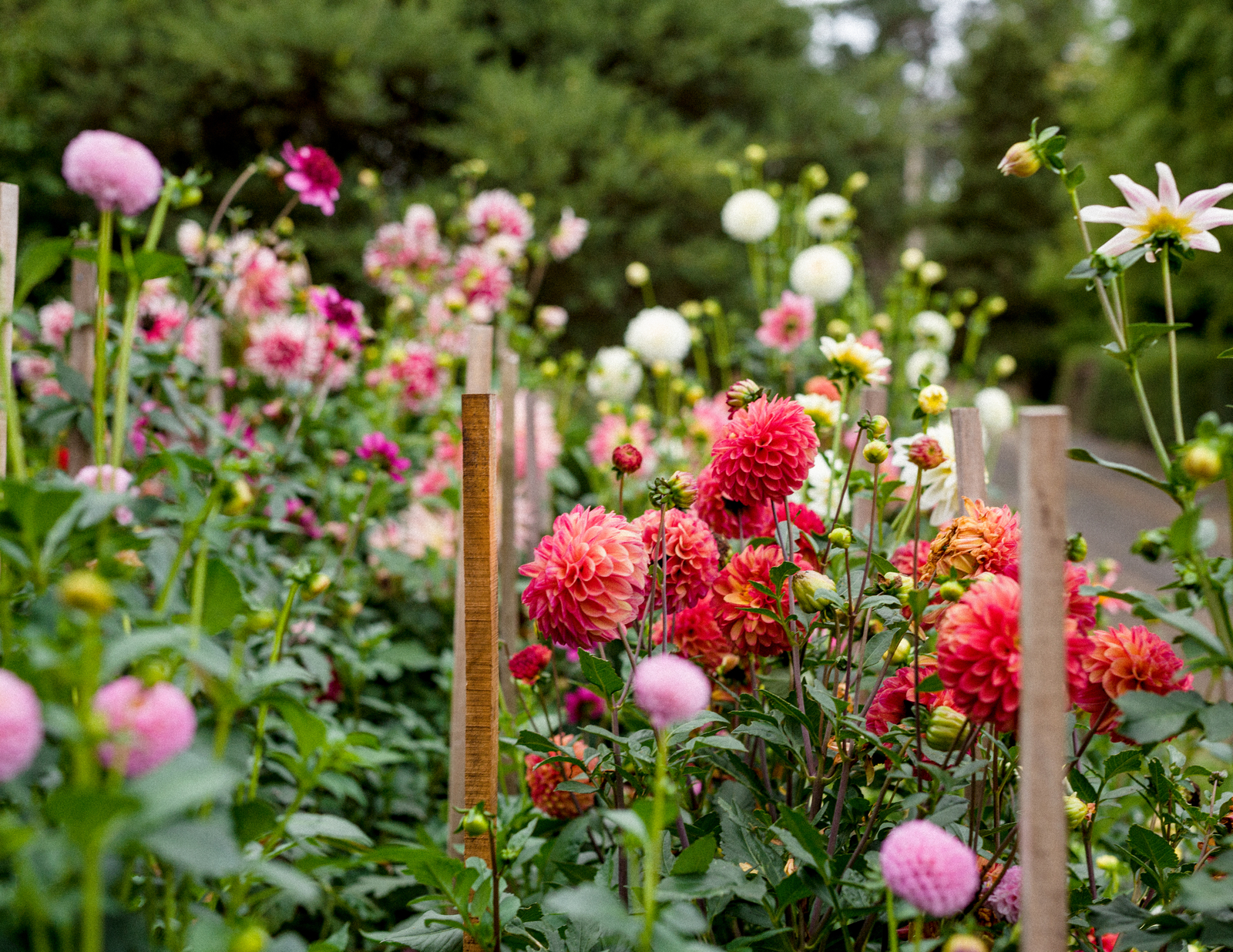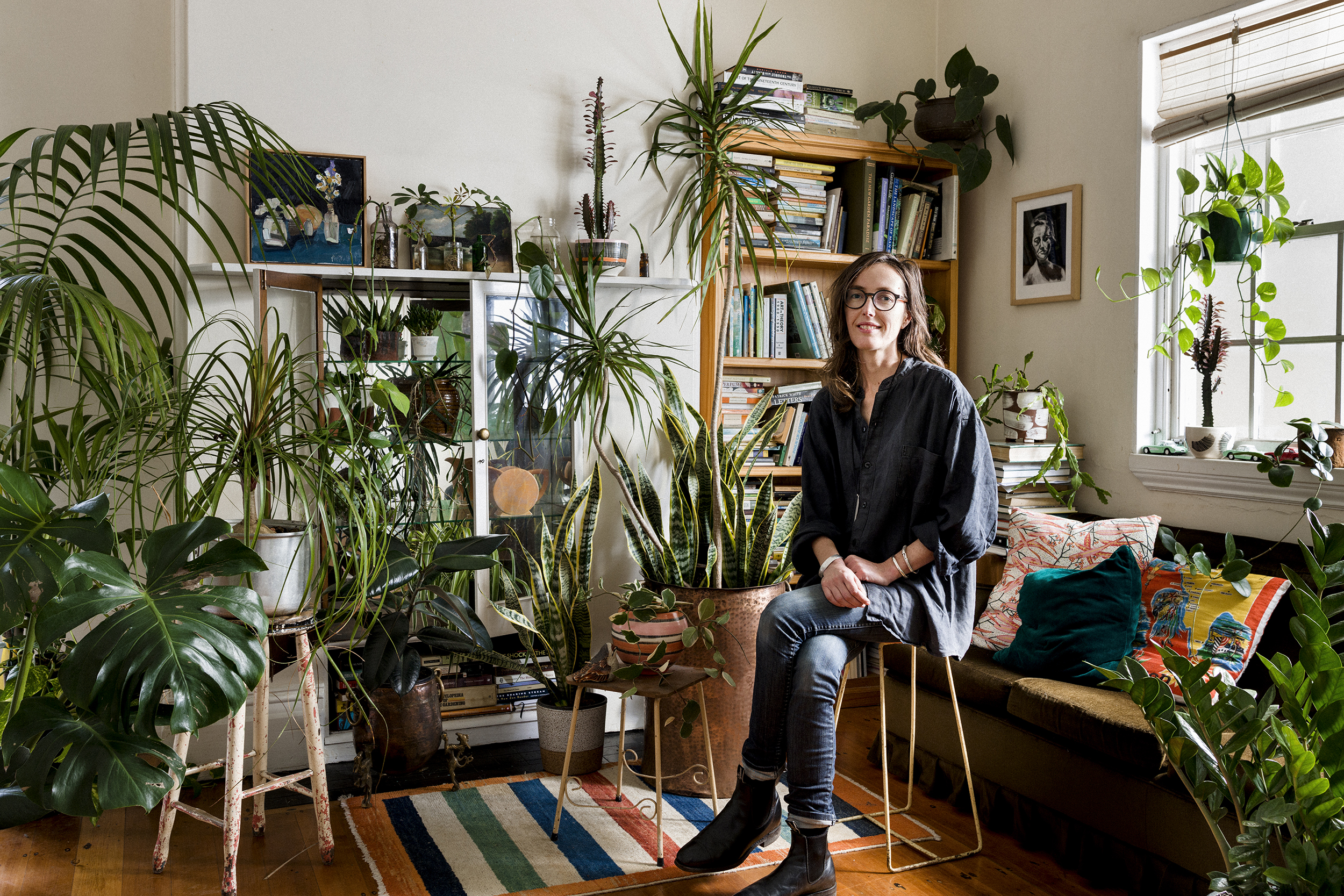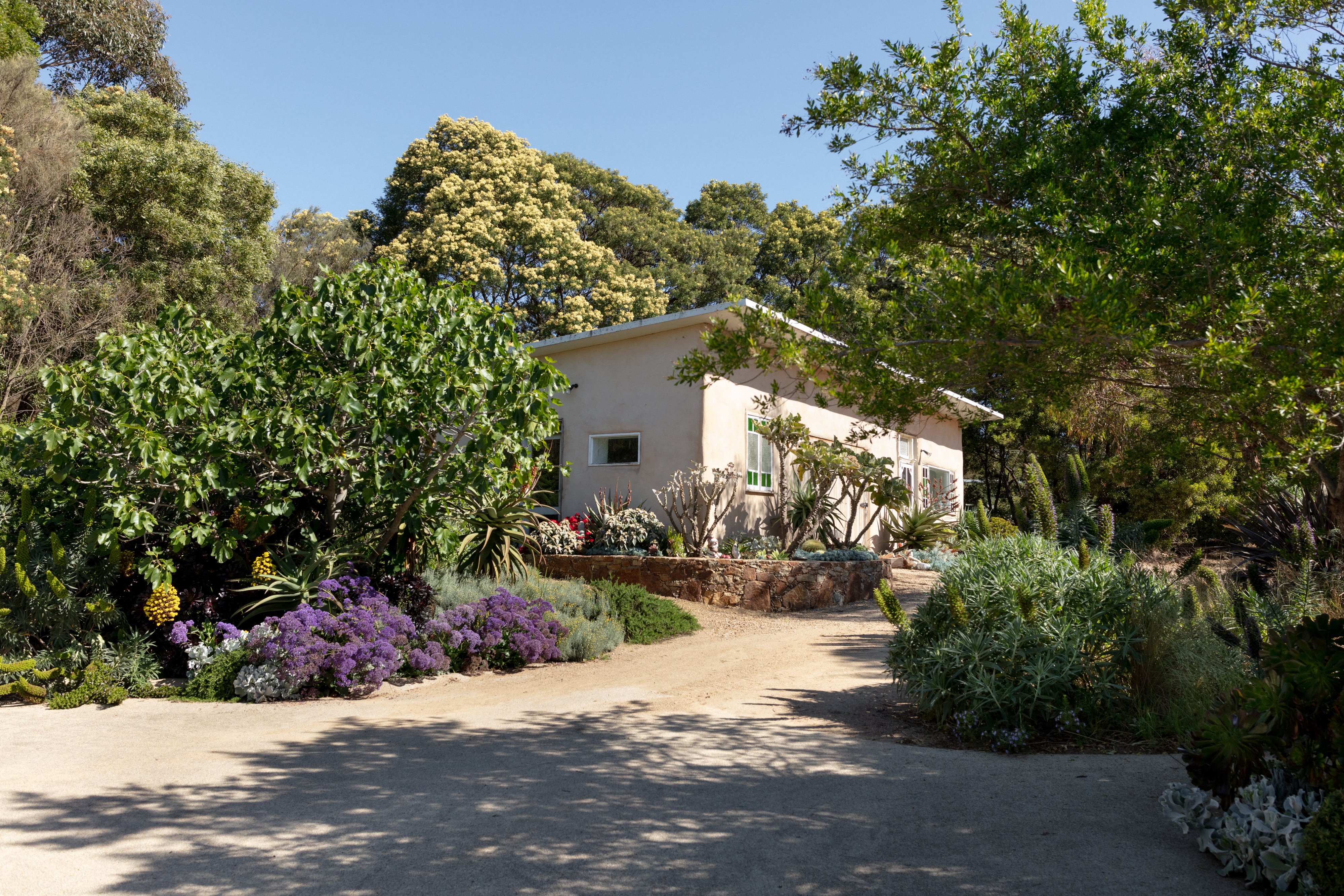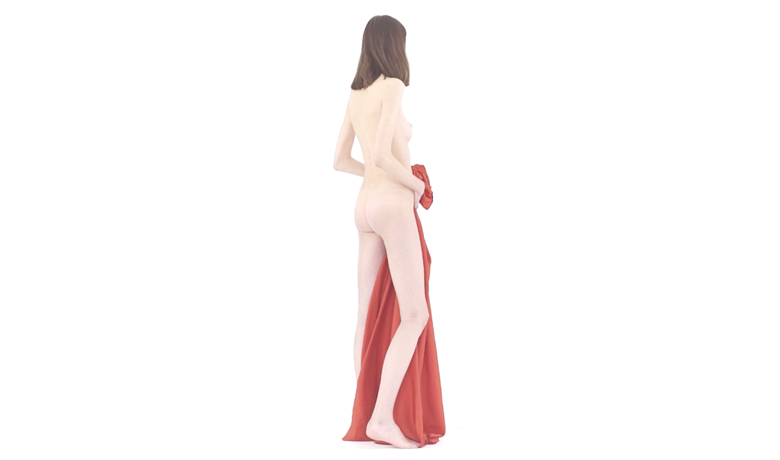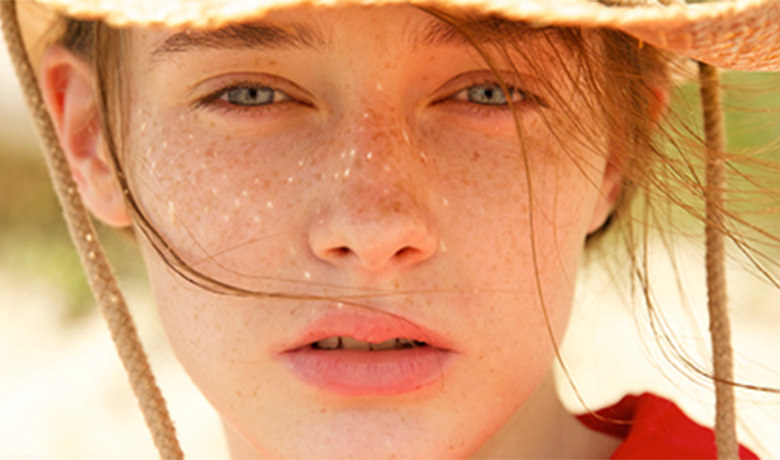#TheBotanicalIssue
Let's talk
RECONNECTING WITH NATURE
// In conversation with Georgina Reid, founder of The Planthunter
AN INTERVIEW BY LUDOVICA PARISI
How does cultivating the earth cultivate the human spirit?
Meet Georgina Reid, Founder and Editor-in-Chief of The Planthunter – an Australian online publication that explores the infinite benefits of gardening as a framework for engaging with the natural world.
–
When I first came across The Planthunter, I wasn’t sure what to expect.
Images of beautiful, exotic plants distributed in a structured layout.
As I scrolled down and started browsing, I read about artists profiles, at-home projects, collections of Odes, and, of course, gardens — a lot of gardens.
The Planthunter doesn’t fit neatly into any genre, “because meaning it’s not genre specific and life is messy,” Australian landscape designer, Founder and Editor-in-Chief, Georgina Reid explains.
And it’s true, The Planthunter is much more than just an online magazine centred around botanicals. It’s an emotional tribute to nature and all its wonders. It dives deeply into the relationship between humans and the world, retracing that essential path that has always kept the two dependent on one another. A love story that has survived through time and adversities; this is a tale that keeps being retold through the mediums of design, fashion, literature, food and anything else that resonates with the heart.
Georgina Reid founded The Planthunter in 2013 with the initial idea of illustrating the great beauty and diversity of the plant world and the way in which it interlinks with art. This key concept is essentially what makes the platform stand out from the other websites and printed media based on gardening.
“Yes, I am interested in how to grow plants, but I am equally interested in the way they have historically been used, who has been inspired by them to create great art, and so on,” she says in her interview for TheDesignFiles, where she runs a monthly garden-related column.
The success in The Planthunter’s content lies entirely in its concept. Beauty is not only used to show an appreciation of the natural world, but rather to encourage people to act on its behalf in order to protect its non-human inhabitants. A message that Georgina has committed to since the very beginning of TPH, has also served as key inspiration for her book The Planthunter: Truth, Beauty, Chaos and Plants, written in conjunction with photographer Daniel Shipp.
Moving away from the idea of the classic, instructive gardening book, think of it as a cultural read challenging both gardening junkies and neophytes to reflect on the bond between people and plants — in Georgina’s words, “A new generation of gardening book for a new generation of gardener.”
With all of her work, Georgina aims to cultivate a community with the same love and attention she puts into her gardening.
*
*
*
Ludovica. In what way do you wish to inspire your readers?
Georgina. The Planthunter grew from a desire to encourage a deeper understanding and consideration of the connections between humans and the other-than-human world. Our lives are intrinsically connected to plants, bugs, rocks, trees, but all too often these relationships are rendered invisible — and certainly not valued. The Planthunter is an attempt to highlight and celebrate our connection to plants and the other-than-human world.
Ludovica. What keeps you creatively nourished?
Georgina. I’m nourished by many things, but the strongest force of nourishment is the landscape where I live. It’s very beautiful and wild; I live on the banks of a river just north of Sydney, with water on one side and forest on the other. The trees and the water keep me tethered to the ground. I also love reading and writing poetry, and find that this can open windows into my body and I would’ve never known were there otherwise.
Ludovica. In these difficult times, where we are challenged to rethink the way we connect with the outside world, how do we rebuild and strengthen our bond with nature?
Georgina. We have an opportunity, right now, to come to terms with our interconnectedness — both to each other and to the world around us. This time, too, is an opportunity to rethink the way that we live and what we value and to question what it is we define as “nature.”
All too often, nature is idealised, romanticised, conceptualised. It is the “out there,” rather than the “right here.” At times like this, where we’re confined to our homes and local neighbourhoods, there is an opportunity to reimagine what nature means in the city. We cannot visit the wild places we might dream of, but we can take another look at what grows around us. What thrives in spite of us. What lives with us. This is as simple as taking the time to look, really look, at what is growing and living around our homes, on our streets, in our parks. Pay attention, be curious and nature will reward you with wonder!
Ludovica. Our households play a fundamental part in adjusting to this new normality. In what way do you think the landscape that you’re surrounded by affects you as a person?
Georgina. For me, landscape is integral to who I am. I lived in the city for 16 years but never once felt at home. I need to feel the soil under my feet and the tree branches waving overhead.
Ludovica. Does the way that you relate to plants have an impact on your relationships with both yourself and the others?
Georgina. Caring for plants and gardening makes me a better person. Caring for anything other than yourself is a nourishing act, it grows compassion and connection. Gardening offers a perspective I find very valuable — it takes me out of my head and plants me in the ground, connecting me to the cycles of life and death and growth and decay. It’s a wonderful thing.
Ludovica. Now more than ever we are required to take extra care of our bodies and minds. How do you take care of yourself?
Georgina. I take care of the garden and the garden, in turn, takes care of me. I’m not into superfoods and miracle creams and all that stuff. Dirt under my nails and a sore body from digging and pruning and working is a great way to look after my body and soul.
Ludovica. You refer to gardens as something “human and more-than-human at the same time” because their creation and preservation require human input. What advice would you give to your fellow humans in regard to the way that people currently interact with nature?
Georgina. My advice is to practice humility and compassion. To stand with the plants, the bees, the possums (in my case!), the bugs. Not above but with. Gardens are, of course, a human construct, but this doesn’t mean that they can’t also be a gift to other life forms, too.
Ludovica. You often use poetry to communicate your relationship with nature as a reflection of your own feelings. Is there a poem, or a particular quote that has perhaps inspired your way of working throughout the years?
Georgina. There are so many! This tiny snippet from Mary Oliver appears in my mind often:
Instructions for living a life:
Pay attention.
Be astonished.
Tell about it.
As I walk around my neighbourhood and look at the flower arrangements spilling from balconies, the thick, bushy grass overgrowing in courtyards, the grand trees lining empty streets, I feel a genuine sense of responsibility to preserve what the Earth has offered me.
Nature is everywhere, and sometimes we forget how much of an impact it has on us — and, of course, how much we as humans have on it. So, converge, admire the wonders of the planet, feel pensive about plants, and never forget that we’re all in this together. That’s the most important lesson I’ve taken from The Planthunter.
–
Words Ludovica Parisi
Images courtesy of The Planthunter
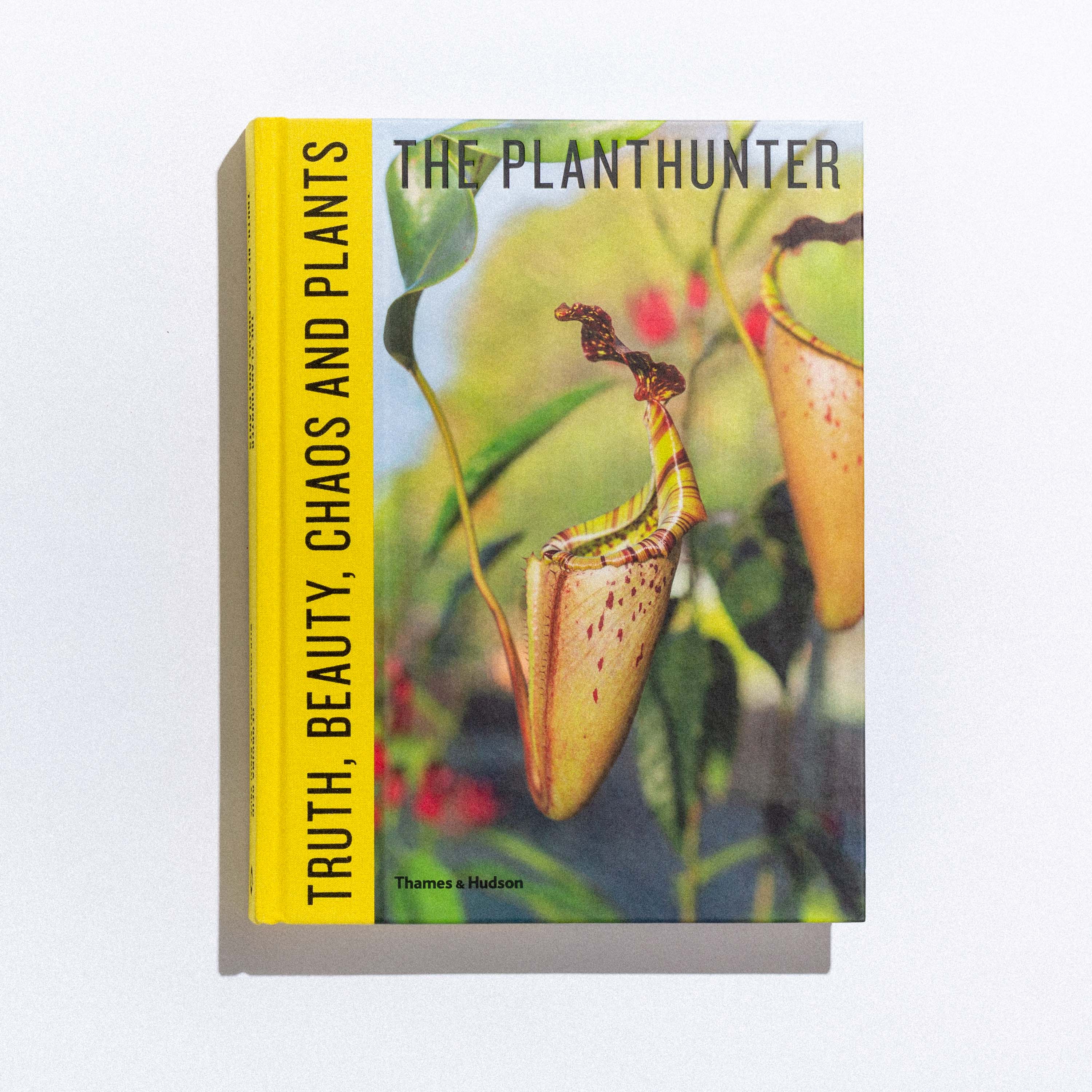
Evi O Studio portfolio shoot 2019
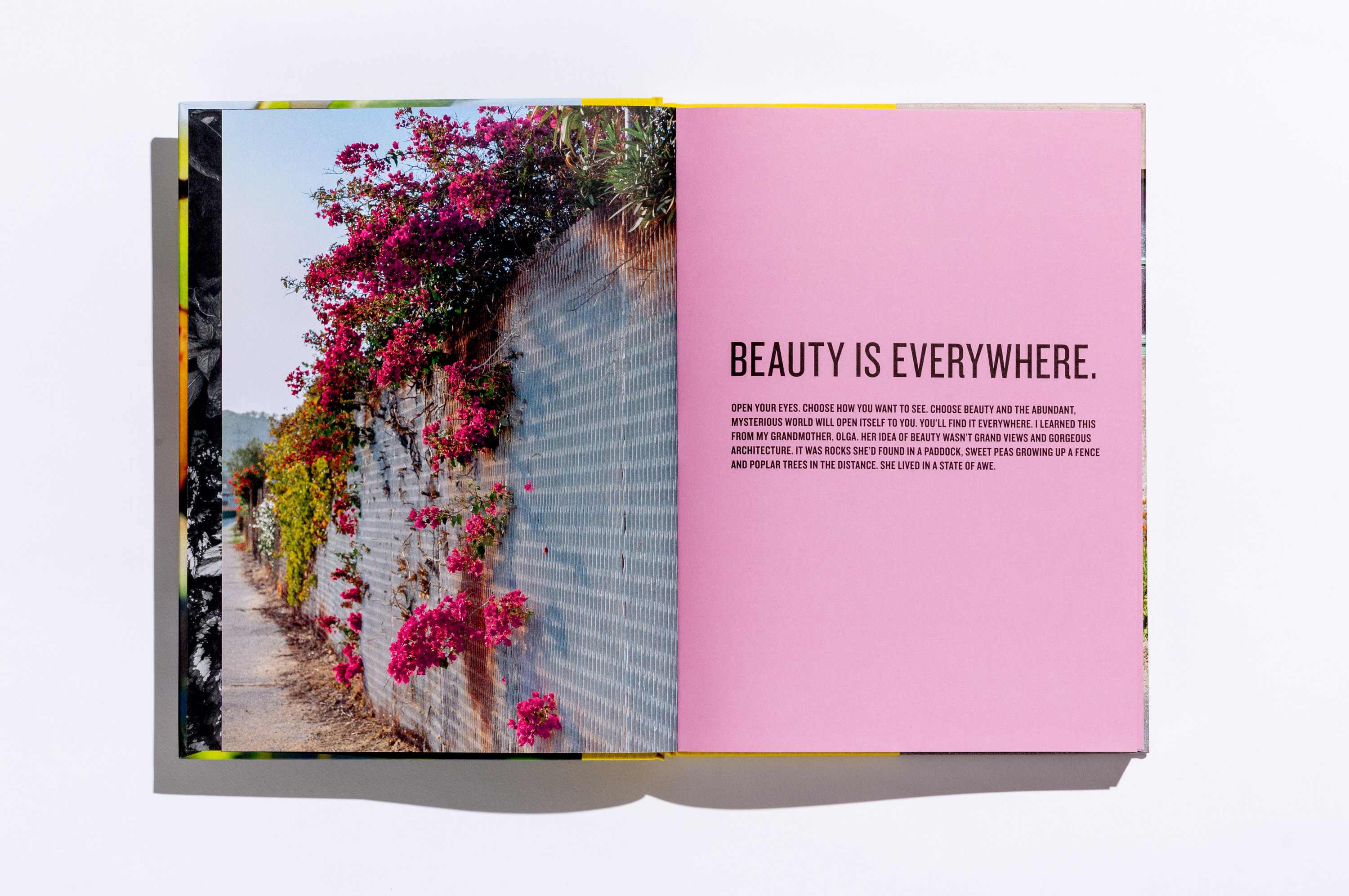
Evi O Studio portfolio shoot 2019
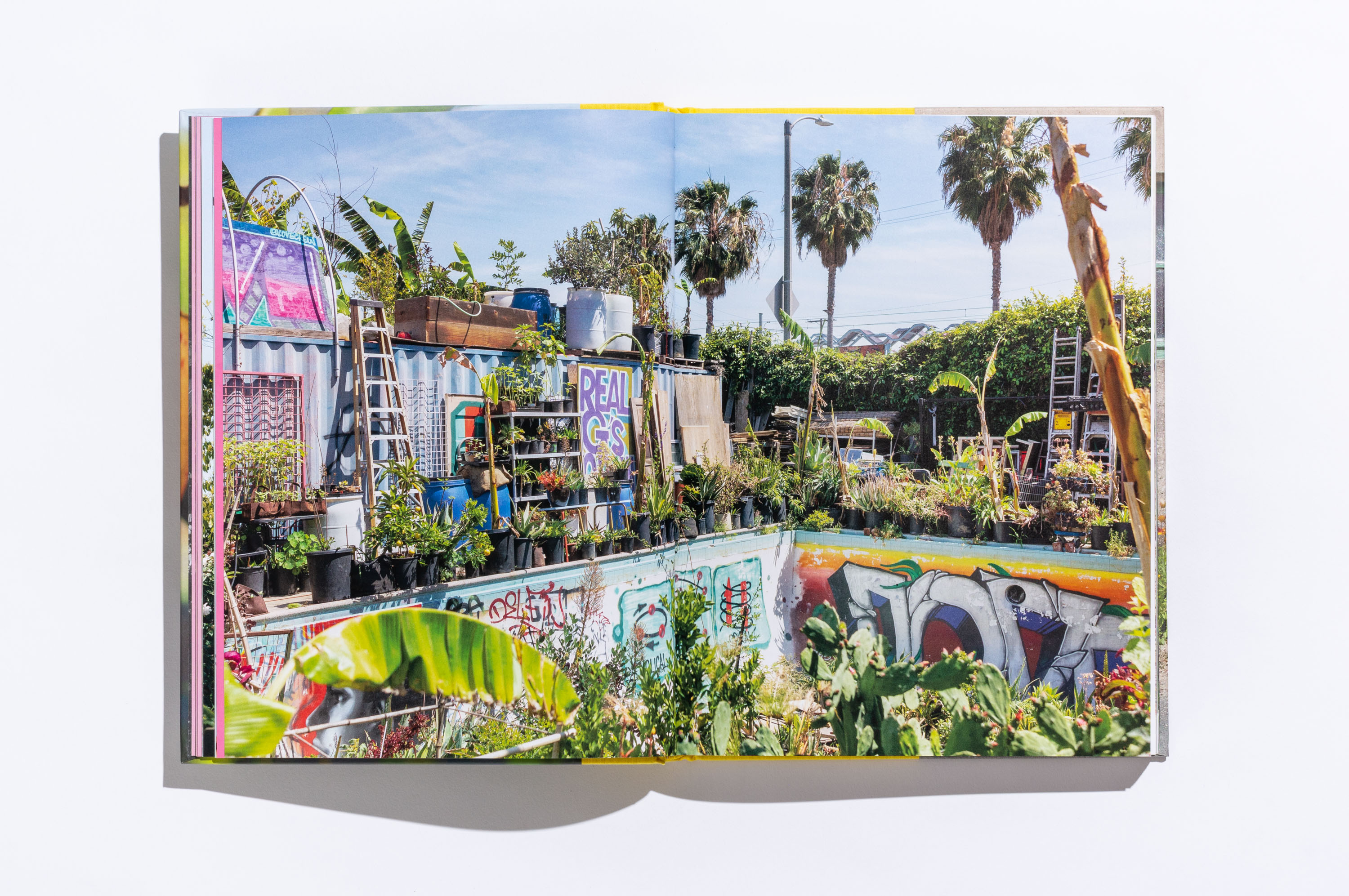
Evi O Studio portfolio shoot 2019
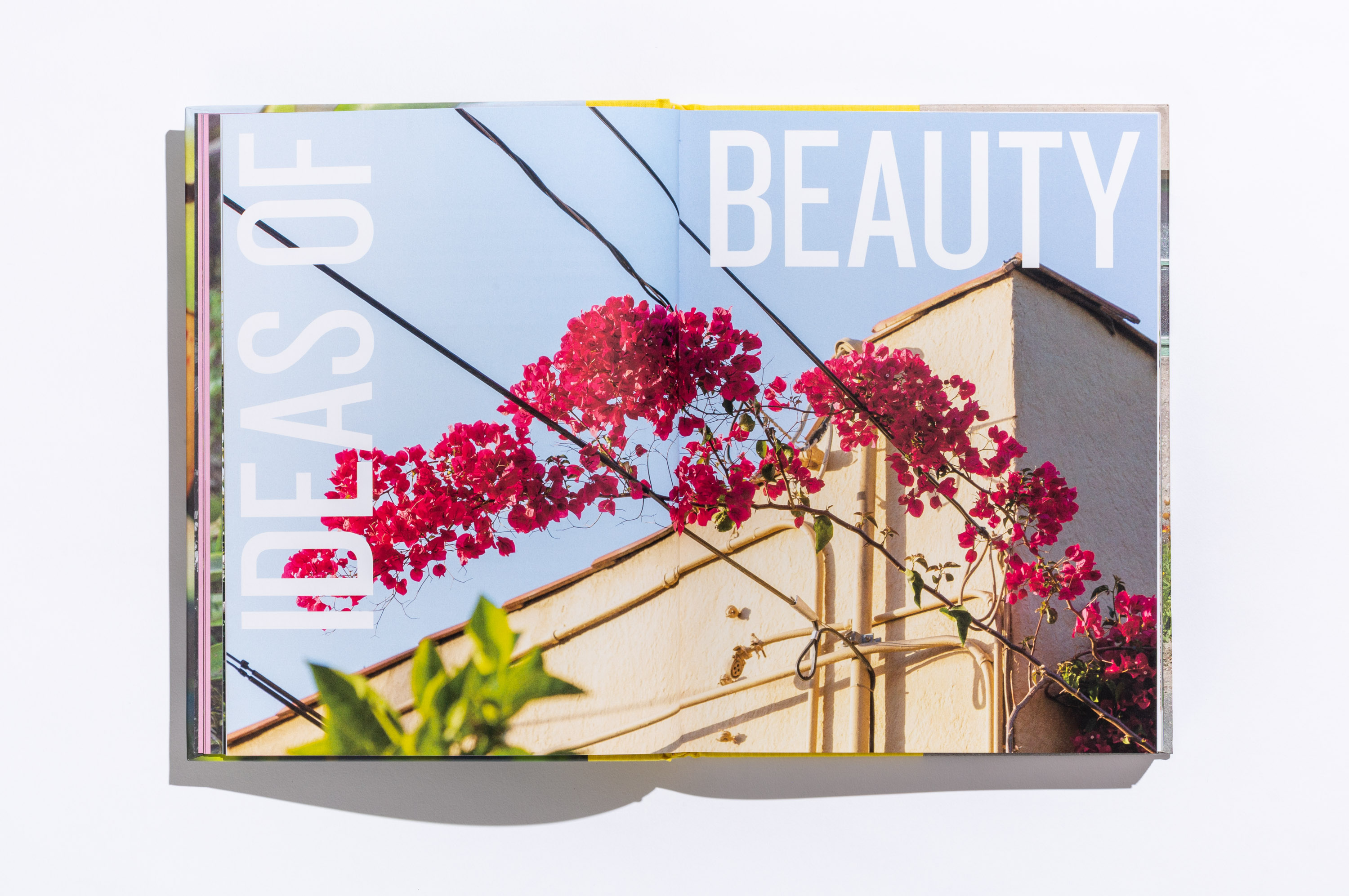
Evi O Studio portfolio shoot 2019
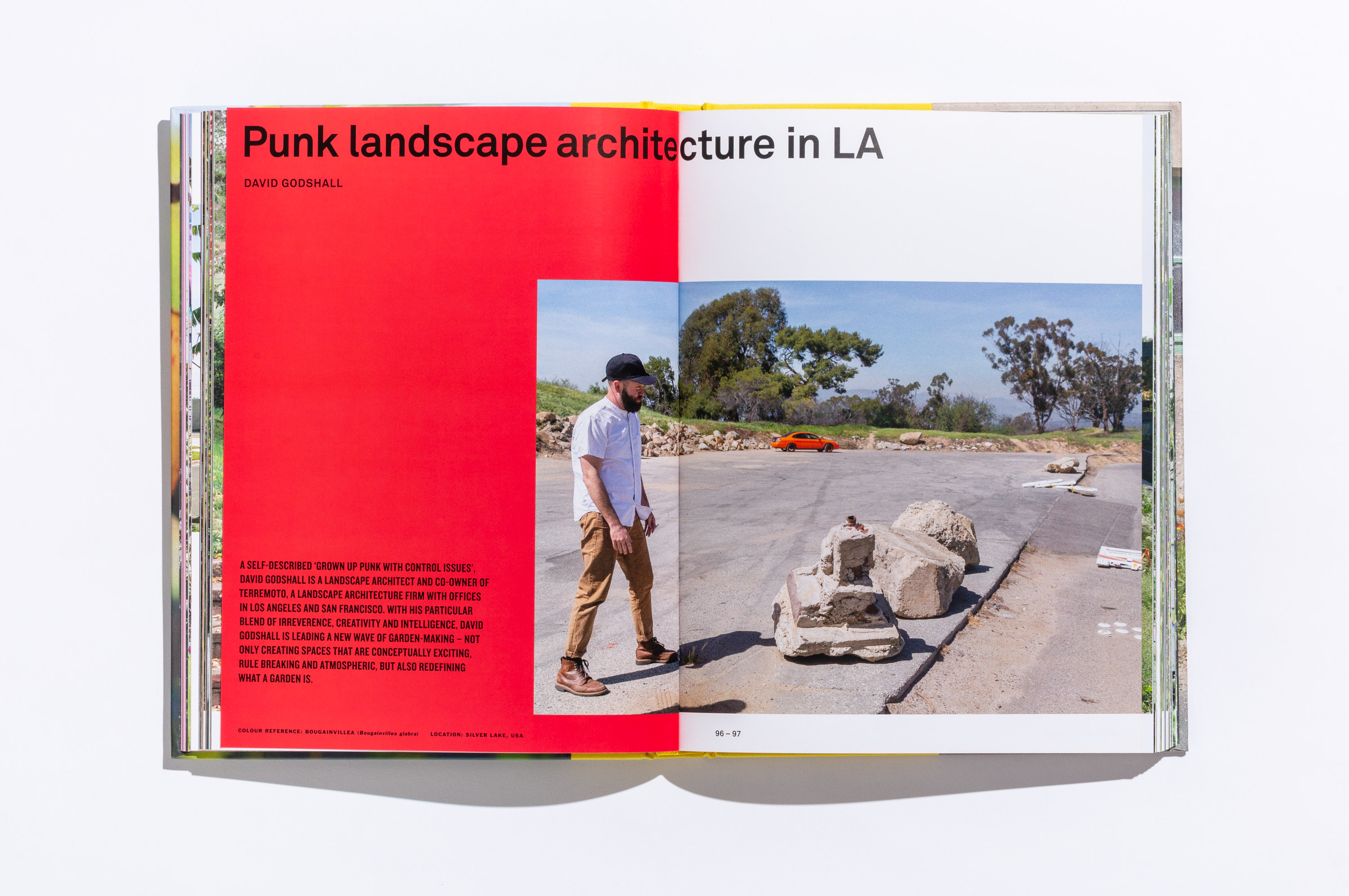
Evi O Studio portfolio shoot 2019
